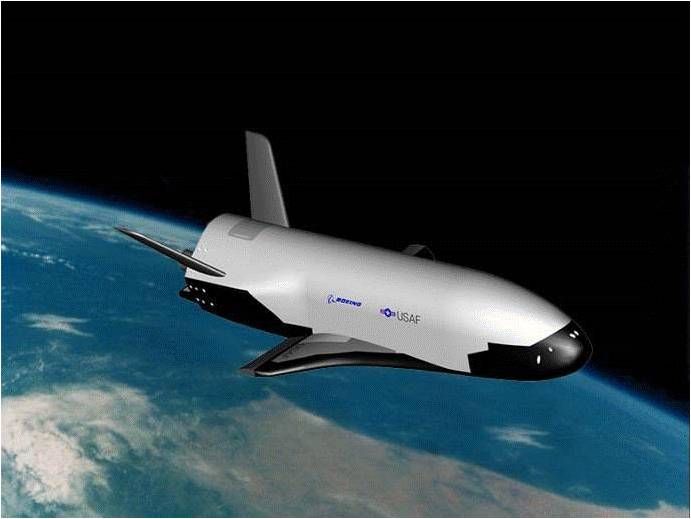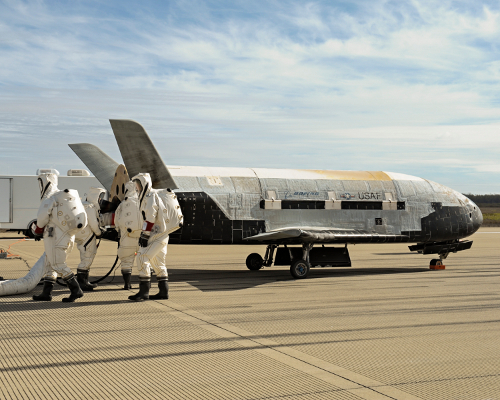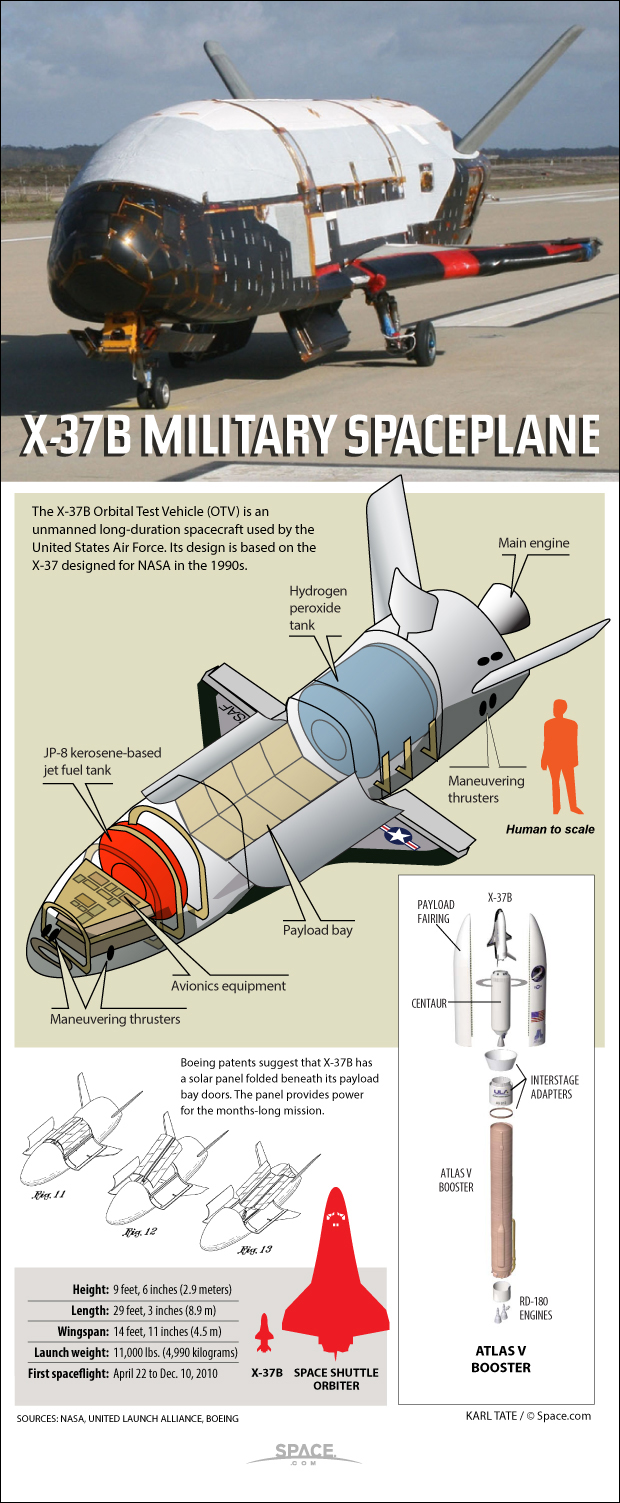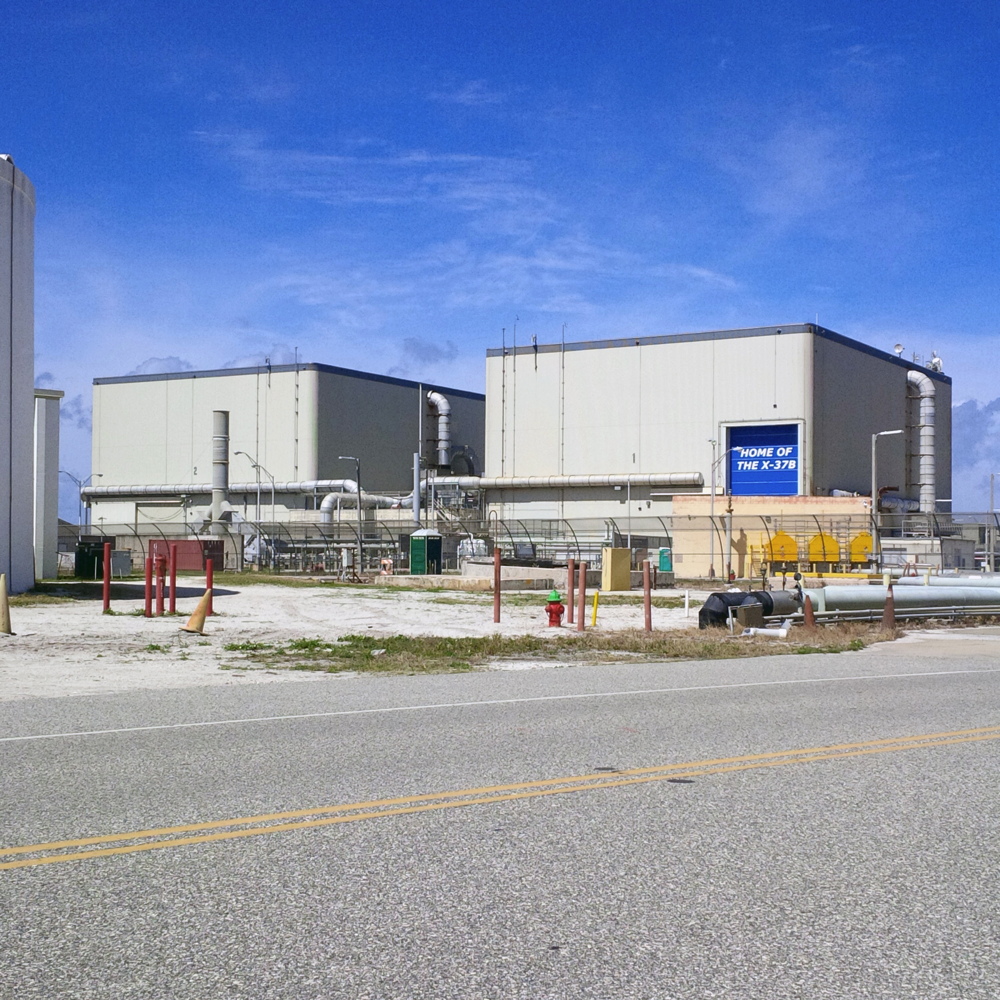US Air Force's X-37B Space Plane Wings Past 200 Days in Orbit


Mum's the word: The U.S. Air Force's secretive X-37B space plane has winged its way past the 200 day mark, carrying out a classified agenda for the American military.
The unmanned X-37B space plane rocketed into orbit on May 20 on a United Launch Alliance Atlas V rocket launching from Florida's Cape Canaveral Air Force Station back. The reusable robotic space plane mission, also dubbed OTV-4 (short for Orbital Test Vehicle-4), is the fourth spacecraft of its kind for the U.S. Air Force.
OTV-4 also marks the second flight of the second X-37B vehicle built for the Air Force by Boeing Space & Intelligence Systems. Only two reusable X-37B vehicles have been confirmed as constituting the fleet. [See photos from the X-37B space plane's OTV-4 mission]
Mini-shuttle
The X-37B space plane looks like a miniature version of NASA's now-retired space shuttle orbiter. The military space plane is 29 feet (8.8 meters) long and 9.5 feet (2.9 m) tall, and has a wingspan of nearly 15 feet (4.6 m). The spacecraft sports a payload bay about the size of a pickup truck bed.
The Air Force Rapid Capabilities Office (AFRCO) runs the X-37B program.
While the overall duties of the space plane remain secretive, it was previously announced that this craft carries a NASA advanced materials experiment and an experimental propulsion system developed by the Air Force.
Track record
- The first OTV mission began April 22, 2010 and concluded on Dec. 3, 2010, after 224 days in orbit.
- The second OTV mission began March 5, 2011, and concluded on June 16, 2012, chalking up a mission of 469 days.
- The X-37B program completed its third mission on Oct. 17, 2014 following 674 days in orbit after its Dec. 3, 2012 launch. This last flight extended the total number of days spent on-orbit for X-37B craft to 1,367.
Florida landing?
To date, all flights of the X-37B touched down at Vandenberg Air Force Base in California. When and where OTV-4 will return to Earth is not known.
Breaking space news, the latest updates on rocket launches, skywatching events and more!
In 2014, it was announced that Boeing Space & Intelligence Systems had consolidated its space plane operations by making use of NASA's Kennedy Space Center (KSC) in Florida as a landing site for the X-37B.
According to Boeing, a former KSC space-shuttle facility known as Orbiter Processing Facility (OPF-1) has being converted into a structure that will enable the Air Force "to efficiently land, recover, refurbish and relaunch the X-37B Orbital Test Vehicle (OTV)."
Leonard David has been reporting on the space industry for more than five decades. He is former director of research for the National Commission on Space and is co-author of Buzz Aldrin's 2013 book "Mission to Mars – My Vision for Space Exploration" published by National Geographic with a new updated paperback version released in May 2015. Follow us @Spacedotcom, Facebook or Google+. Published on Space.com.

Leonard David is an award-winning space journalist who has been reporting on space activities for more than 50 years. Currently writing as Space.com's Space Insider Columnist among his other projects, Leonard has authored numerous books on space exploration, Mars missions and more, with his latest being "Moon Rush: The New Space Race" published in 2019 by National Geographic. He also wrote "Mars: Our Future on the Red Planet" released in 2016 by National Geographic. Leonard has served as a correspondent for SpaceNews, Scientific American and Aerospace America for the AIAA. He has received many awards, including the first Ordway Award for Sustained Excellence in Spaceflight History in 2015 at the AAS Wernher von Braun Memorial Symposium. You can find out Leonard's latest project at his website and on Twitter.



